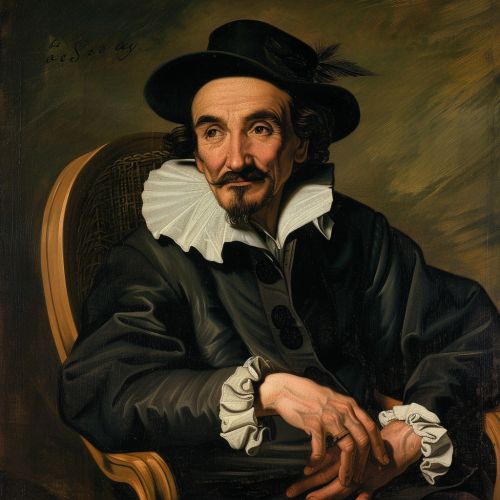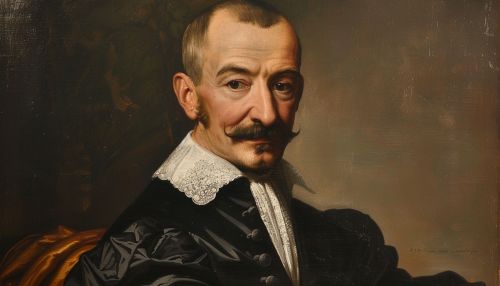Creative Nonfiction
Definition
Creative nonfiction is a genre of writing that uses literary styles and techniques to create factually accurate narratives. It is also known as literary journalism or the literature of fact. Creative nonfiction contrasts with other nonfiction, such as academic or technical writing or journalism, which is also rooted in accurate fact but is not primarily written to entertain.
Characteristics
Creative nonfiction may be structured like traditional fiction narratives, as is true of Fenton Johnson's story of love and loss, "Geography of the Heart," and Virginia Holman's "Rescuing Patty Hearst." Creative nonfiction often escapes traditional boundaries of narrative nonfiction, such as biography, autobiography, travel writing, and feature articles, and can be highly personal. The genre of creative nonfiction, although very widely defined and broad in scope, has perhaps been best explained by Lee Gutkind, the founder of the magazine Creative Nonfiction, who describes it as "True stories, well told."
History
Creative nonfiction has become the most popular genre in the literary and publishing communities. The genre's roots, however, are centuries old. The word "essay" was first used by French writer Michel de Montaigne in 1580 when he published a book of his thoughts that seemed to him to be too short to be treatises. Since Montaigne adopted the term "essay" in the 16th century to describe his "attempts" to put his thoughts into writing, this slippery form has resisted any sort of precise, universal definition.


Techniques
Creative nonfiction writers often use a variety of literary techniques in their work. These can include:
- Scene: Description of the setting or environment where the action takes place.
- Dialogue: Conversation between two or more people.
- Description: Detailed explanation of an object, person, place, or event.
- Reflection: The writer's thoughts and feelings about the events described.
- Narrative arc: A clear beginning, middle, and end to the story.
Sub-genres
There are many different sub-genres within the genre of creative nonfiction. Some of these include:
- Personal essays: These are typically autobiographical and deal with the author's personal experiences.
- Memoirs: These are longer pieces that tell the story of the author's life or a particular period in their life.
- Literary journalism: This is a type of nonfiction that combines factual reporting with narrative techniques and stylistic devices traditionally found in fiction.
- Travel writing: This type of creative nonfiction describes the author's experiences while traveling.
- Food writing: This sub-genre focuses on food and often includes recipes and descriptions of meals.
- Nature writing: This type of creative nonfiction focuses on the natural world and often includes descriptions of landscapes and wildlife.
Ethical Considerations
Creative nonfiction writers are often faced with various ethical considerations, such as whether to embellish details or recreate dialogue. Some writers choose to bend the truth in order to make a story more compelling, while others stick strictly to the facts. The line between fact and fiction is often blurred in this genre, which can lead to controversy and debate.
